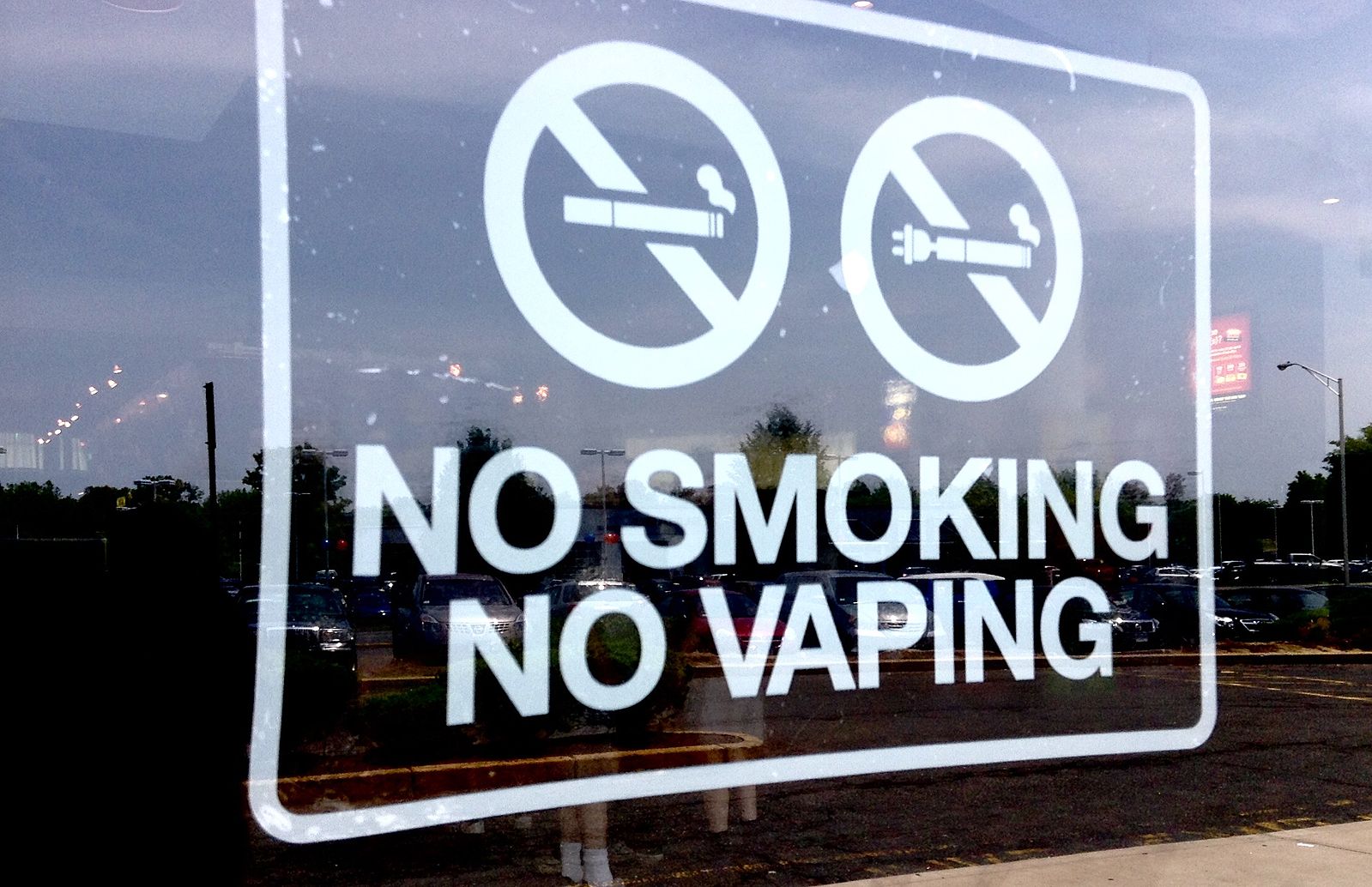In a recent report on global tobacco control policy, the World Health Organization (WHO) continues to deny a growing body of evidence that suggests that electronic nicotine delivery systems (ENDS), like e-cigarettes, are safer than products that burn tobacco leaves. But that doesn’t mean the WHO has always ignored such evidence; in fact, the UN agency has recognized the potential benefits of vaping in the past.
Published on July 26 as the seventh report in a series focusing on national level efforts to implement the body’s Framework Convention on Tobacco Control (FCTC), the 2019 Report on the Global Tobacco Epidemic examines how countries are “offer[ing] help to quit use”—as well as how many of them are not.
In his introduction, WHO Director-General Tedros Adhanom Ghebreyesus recommends cessation interventions such as “brief advice at primary care level, national toll-free tobacco quit lines, cost-covered nicotine replacement therapies and the use of digital and mobile technologies to empower those who want to quit”—but not ENDS or other non-combustible options, such as snus.
To the contrary, the report explicitly states, “Unlike the tried and tested nicotine and non-nicotine pharmacotherapies that are known to help people quit tobacco use, WHO does not endorse e-cigarettes as cessation aids.” A major study published in January by the New England Journal of Medicine indicated that vaping is roughly twice as effective as traditional nicotine replacement therapies like patches or gums in helping smokers to quit.
The WHO’s opposition to products that vaporize liquid containing nicotine comes from an all-out denial of evidence that suggests ENDS reduce harms—a denial on which the agency appears to be doubling down.
“The available evidence does not support the tobacco industry’s claim that these products are less harmful relative to conventional tobacco products,” states the report. This assessment fails to recognize or cite the findings of an independent review conducted by Public Health England that estimated e-cigarettes to be 95 percent less harmful than their combustible counterparts. Nor does it acknowledge the conclusion by the US National Academy of Sciences, Engineering and Medicine that “completely substituting e-cigarettes for combustible tobacco cigarettes reduces users’ exposure to numerous toxicants and carcinogens present in combustible tobacco cigarettes.”
The WHO’s denial of such evidence contradicts its own previous assertions. In a report delivered to the FCTC session in 2014, the WHO explained that “the reduced exposure to toxicants of well-regulated ENDS used by established adult smokers as a complete substitution for cigarettes is likely to be less toxic for the smoker than conventional cigarettes or other combusted tobacco products,” while admitting that the exact “amount of risk reduction” is unknown.
Photograph of a “No Smoking, No Vaping” sign by Mike Mozart via Wikimedia Commons





Show Comments
James DuMouchel
Please explain the motivation behind WHO’s denial of the available science. Even this article seems to be fearful of using the word “corruption.”